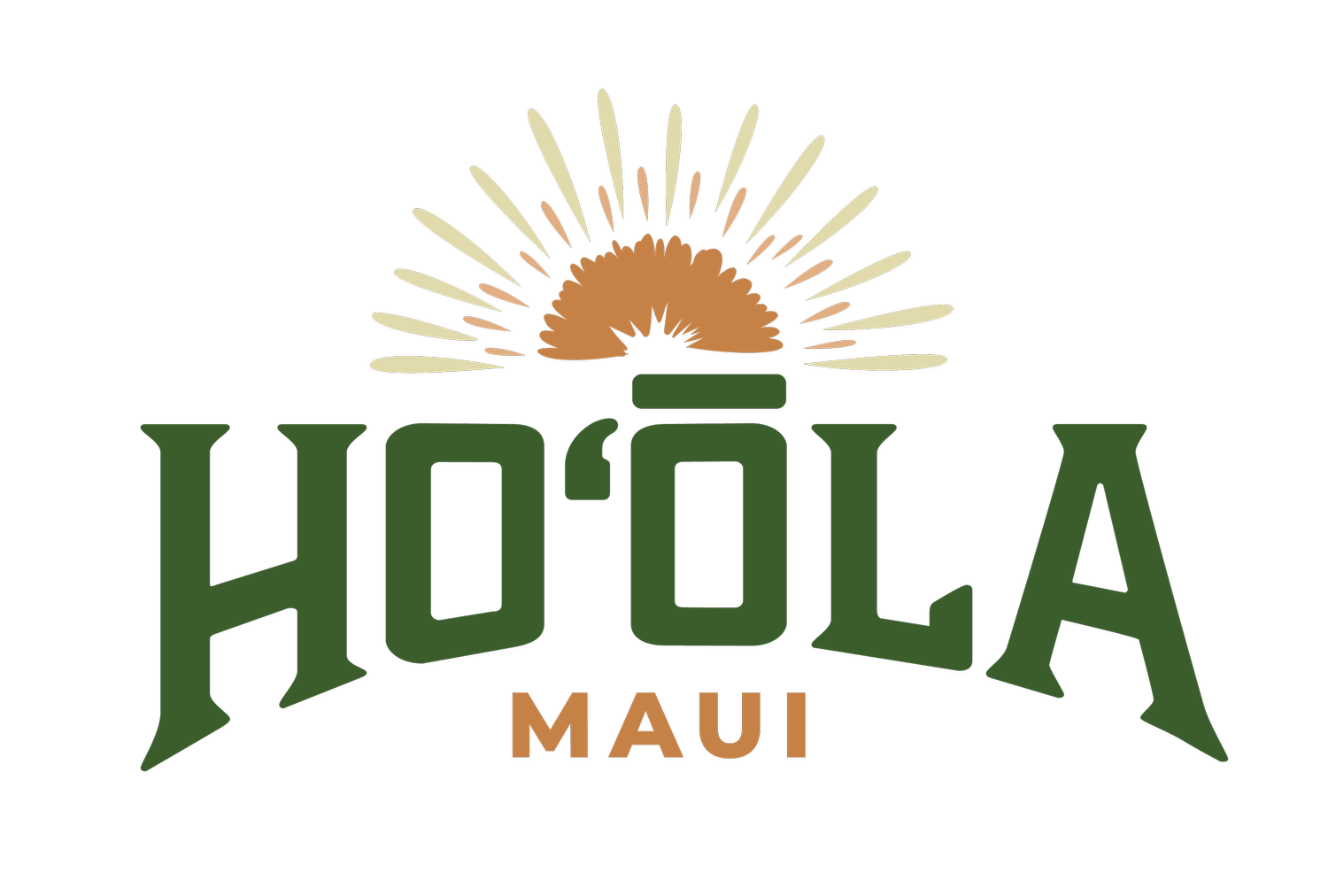Hoʻōla Maui assesses trees in the burn zone for resilience, safety, cultural significance
Months after the August wildfires, the organic environment on Maui is coming back. Some trees are starting to show signs of renewal, illustrating the resilience of nature even in the face of devastation. To support a U.S. Army Corps of Engineering (USACE) contract for site assessment and to accelerate renewal, Hoʻōla Maui arborists are assessing each tree to determine its health - whether it is likely to survive and eventually thrive once again, or if it is damaged to the point of needing to be removed for the safety of the community and ʻāina.
Workers assess a 30’ koa tree in Kula, Maui
Ho‘ōla Maui, a coalition of Native Hawaiian Organizations and Maui businesses and individuals, includes Desmond Duro, a board-certified master arborist who has assessed trees in disaster zones across the United States. His team is working to identify a tree’s species, to understand its profile - growth habits, fire resistance, and ability to respond to stress. That team is then tasked to determine whether that tree poses a risk to infrastructure. The arborists look for indications of whether these trees will be able to survive for the next four to five years. If a tree is still alive, the arborist team assesses the health of the tree by looking at its age; how much foliage it has; and the presence of decay, hollowed areas, fungal organisms, root damage, and broken limbs. All these factors help determine the level of risk or resilience.
Whenever it is safe to do so, the team of arborists tries to preserve trees, especially those trees with cultural significance to this community, like ʻulu and koa. Cultural monitors are always on site with the arborists to identify heritage trees that hold significant cultural value, as well as culturally significant sites that need to be protected from potential harm from damaged trees.
On the first day of work in Kula, the arborist team encountered a 30-foot koa tree. This particular tree was an embodiment of strength and the warrior spirit, standing just outside the line demarking where a house had burned. Marked with a blue tag as a culturally important tree, the team noted the burn marks around its base. But they also noted the koa’s new growth, signaling that this tree’s chances for survival are good.







